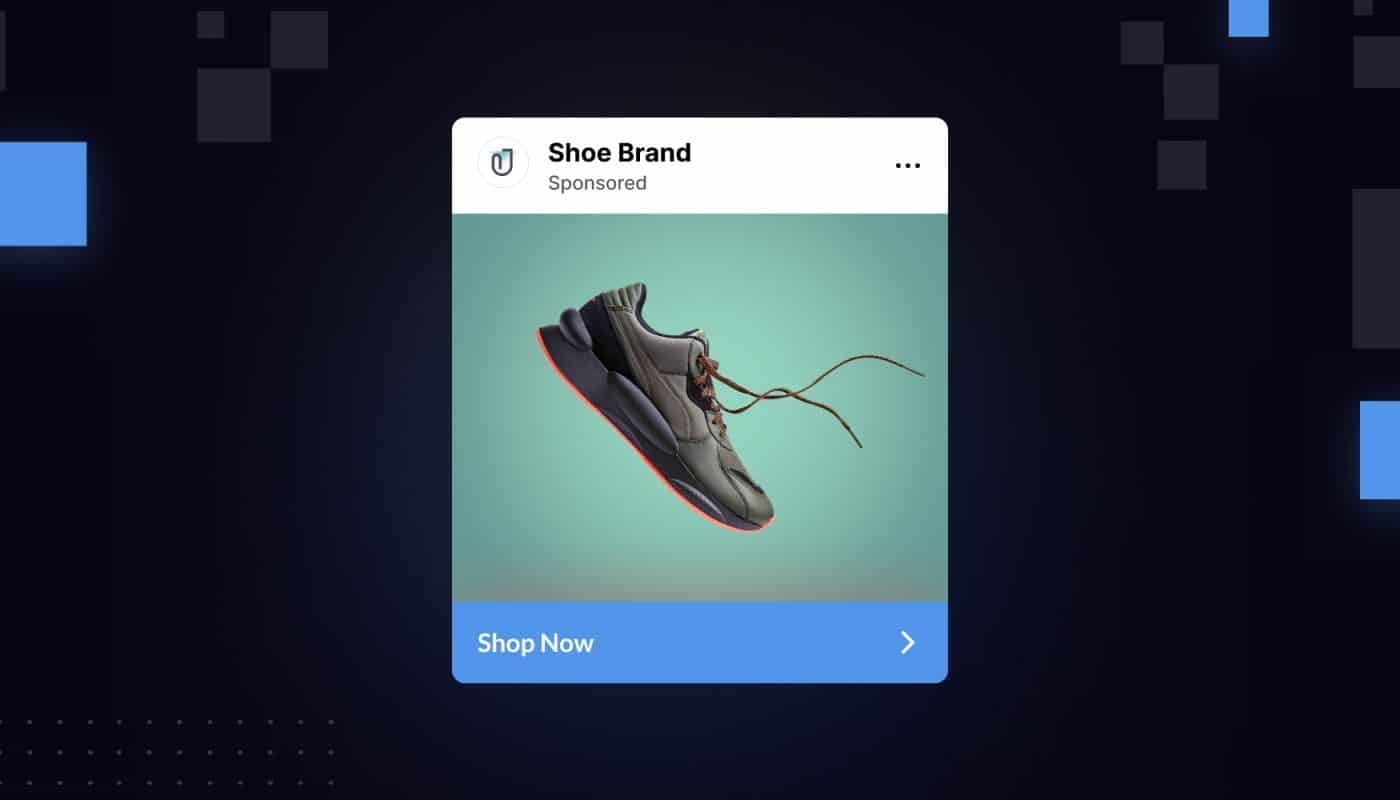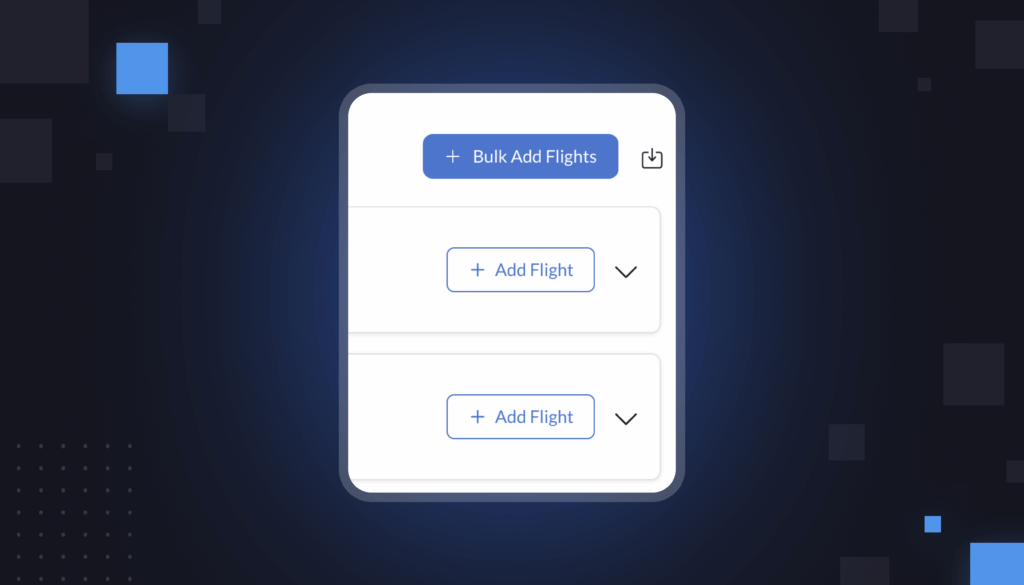Amazon DSP just quietly got a lot of new inventory.
In the last few months, Amazon has expanded its DSP reach to include streaming TV platforms like Netflix, Disney, and Roku and audio platforms like Spotify and SiriusXM.
These are big, A-list names in media, and now any Amazon DSP advertiser can access them.
Plus, not only can you run video and audio ads on these platforms, but you can also measure how they fit into your customer journey, using Amazon Marketing Cloud.
In other words, with Amazon DSP, you can now track how a Spotify ad impression leads to a branded search on Amazon, which then leads to a sale.
Premium ad inventory and better measurement are great. But here’s who the Amazon DSP expansion is really going to serve.
What is different about Amazon DSP now?
For a long time, there was a relatively limited selection of DSP ad inventory. Think display ads on third-party sites and streaming ads on Amazon-owned platforms like Prime Video.
You could also, of course, layer on streaming ads on the handful of secondary marketplaces, like Paramount+ ads.
But the premium ad inventory was always missing. What the addition of Disney, Spotify, and Netflix to the DSP means is that your ads can now surface in the non-Amazon-owned spaces where the typical person usually spends their time.
You’re no longer restricted to third-party websites and Amazon-owned platforms. You can now reach regular people on the most-used apps on their phone.
Who does the new Amazon DSP inventory benefit?
Amazon DSP can work effectively across all parts of the funnel, including by converting shoppers who are in the consideration phase with your brand.
But running DSP ads on Netflix or Spotify is much more of an awareness-first play than anything. The brand that will benefit most from this new inventory is the one that wants to build awareness using big, tentpole ads.
So, with this inventory expansion in mind, who is Amazon DSP right for?
We talked a little bit about when to use Amazon DSP in our recent webinar on auditing. Go watch for that.
But ultimately, it does make sense to ensure you’ve invested substantially in Sponsored Ads before you migrate to DSP.
A lot of DSP is about creating new branded searches on Amazon. So you want to make sure you’ve exhausted your branded search spend before you switch to DSP.
You also want to be sure you have a handle on the financials of DSP ads.
Think about profitability. Remember that DSP ads are potentially more expensive than Sponsored Ads, and take longer to drive returns.
Study your margins to make sure you can afford a little extra ad spend upfront.
And make sure you have a high enough repeat purchase rate that any one conversion is likely to produce differential returns.
If you’re trying to decide whether to spend on DSP, having a powerful data foundation like Intentwise’s is one way to see all of these metrics in one place.
We eliminate all your blindspots, letting you see profitability, repeat purchase rate, and so much more automatically.
Measurement, measurement, measurement. The last piece of DSP is making sure you have a strong reporting apparatus.
Ensuring you’ve so deeply integrated Amazon Marketing Cloud into your process that you’re able to measure how well your DSP ads are working is critical.
Never rely on first-touch attribution only for DSP. If you aren’t able to track instantly how DSP ads fit into a customer journey, you won’t be able to assess which campaigns are worth the effort, and which are not.
What does this mean for Amazon?
From the Amazon angle, these flashy new DSP partnerships reveal something fundamental about the company’s aspirations around advertising, too.
Big picture, Amazon seems intent on becoming the starting place for your e-commerce advertising needs.
We all know the problem of running ads across so many different platforms.
Amazon is integrating more and more of these channels into its own ecosystem. The Amazon Retail Ad Service program now has partnerships with the likes of Macy’s, which means you run ads on Macy’s website directly from your Amazon account.
When you think of your retail media strategy, Amazon wants those campaigns to—more often than not—begin on its platform.
It’s kind of what Amazon has done with fulfillment and shipment—it is as much an ads platform of its own as it is an ads infrastructure platform.




